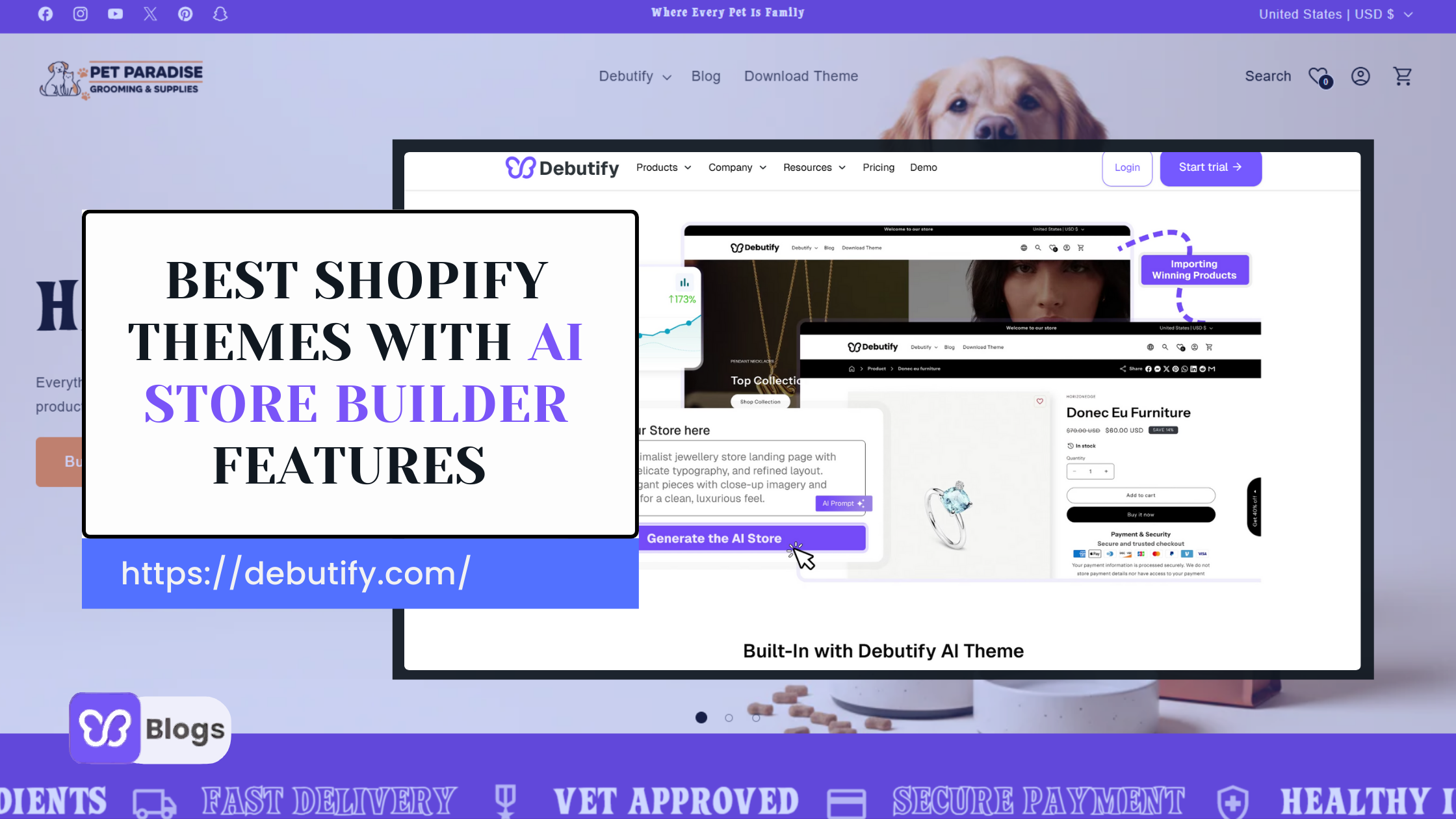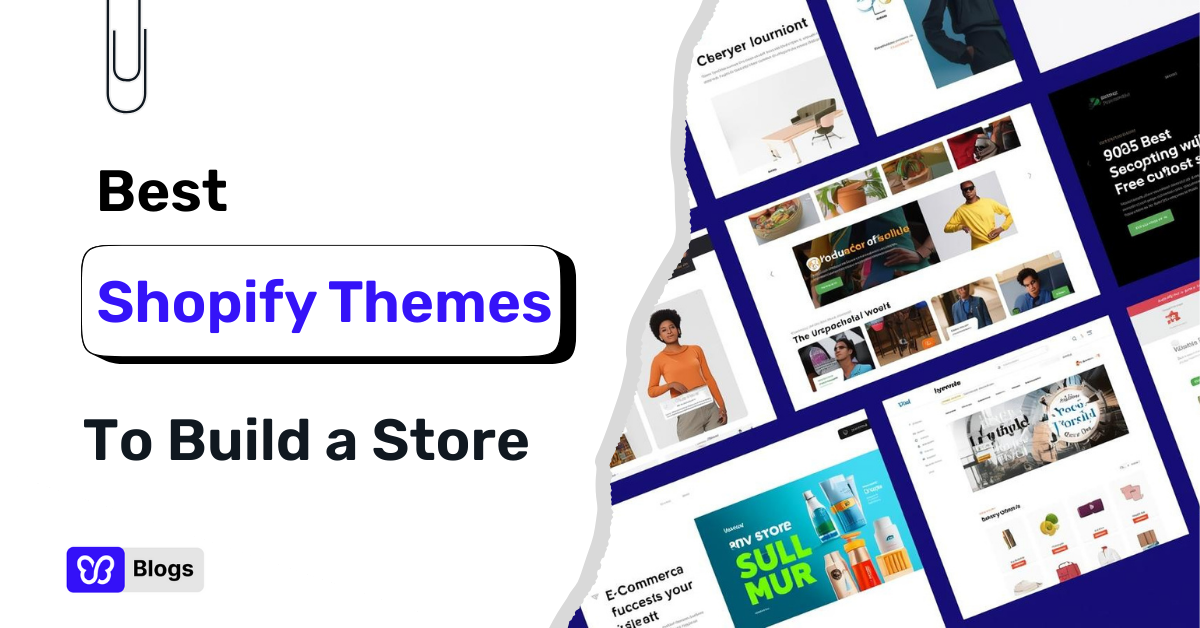Shopify is one of the best platforms for an ecommerce entrepreneur to set up their online business and getting more traffic to one’s Shopify store is always top of mind for any business owner.
This is where SEO marketing comes in because when done well, it can deliver consistent, high-quality traffic that doesn’t have to be paid for. Search engine optimization (SEO) is the process of generating more organic (i.e. not paid for) traffic from search engines like Google, Bing, and Yahoo.
For example, when you search for something on Google, you land on a search engine results page (SERP) with ten organic results, and a handful of paid ads depending on the popularity (and hence profitability) of the search term that you entered.
Ecommerce SEO is all about making sure your Shopify store’s pages appear among those ten organic search results for the search terms that your potential customers are most likely to enter. Of course, there are more SERPs beyond that but the further you go from the first one, the less traffic you’re able to attract.
A study by Moz showed that at minimum, 71.33 percent of clicks go to the first page of search results while pages two and three get only 5.59 percent of the clicks.
So in simple terms, SEO is the process of helping search engines consider your site more relevant than others when a particular search query is made in order to generate more organic traffic to your site. To get started with your ecommerce SEO journey, you should first get some basics out of the way.
First, you have to get a paid plan (since Shopify doesn’t allow search engines to index trial account stores) and secure a custom domain for your Shopify store (as people are more likely to click a result from mystore.com than mystore.myshopify.com).
Next double-check to make sure that SSL, which encrypts data sent between your users and your site, is enabled and that your Shopify theme is both fast-loading and mobile-friendly. Google announced page speed is a ranking factor in 2010. You can use Google’s PageSpeed Insights to check your loading speed.
Lastly, you need to set up Google Analytics and Google Search Console (GSC) to track who is visiting your store and what keywords it’s ranking for, respectively, then submit your XML sitemap to GSC - Shopify creates one for you at mystore.com/sitemap.xml.
Once you have laid this foundation, here are some beginner SEO marketing tips you should use.
1. Create A Good Site Structure
The organization of the content on your Shopify store is crucial to your SEO success.
The easier it is for visitors to find what they’re looking for, the more time they’re likely to spend on your site browsing more pages, and the more time they spend on your site, the higher search engines are likely to rank it.
A good site structure helps users navigate your site more easily and helps search engines crawl it better. A good, SEO-friendly site structure is one that pays attention to hierarchy.
This means that the main categories (known as “collections” in Shopify) are at the top, with subcategories below them (if applicable) and then the product pages (known as “products” in Shopify) last i.e. Homepage » Category Pages » Product Pages or Homepage » Category Pages » Sub-Category Page » Product Pages.
However, don’t create unnecessary categories and sub-categories as easy user navigation is always the priority. Also, keep in mind that Shopify makes no difference between categories and sub-categories so to create a sub-category, you have to create a “collection” page and then nest it into a hierarchy.
2. Conduct Keyword Research
Keywords help search engine users find your Shopify store and help search engine bots make sense of your content in order to index it. This is why you need to select keywords that appeal to both human visitors and search engines in order to have a solid SEO marketing strategy.
Keyword research is the process of identifying the keywords that your target audience is using to find products like yours on SERPs, how many people are using a particular search term per month, and how much competition there is for specific keywords.
The first step to keyword research is putting yourself in your ideal customer’s shoes and walking yourself, “What search terms would I use to find the products I sell?” Buyer personas, online forums, and the latest social media trends in your product niche can all give you a sense of this.
Also, remember search engines crawl the title tags, meta descriptions, URLs, image alt-text, etc. to make meaning of a site’s content before indexing it.
So you can search for a word or phrase that describes your Shopify store and then look at the title tags, meta descriptions, URLs, image alt-text, etc. the top-ranking are using to get a sense of the keywords they are targeting.
Once you zero in on a few keywords to start with, you can then take a more data-driven approach by leveraging keyword research tools.
There are several free keyword research tools for any beginner to choose from, including Keywords Explorer, Ubersuggest, and Google Keyword Planner.
3. Optimize Your Web Content
Once you know which keywords and terms to target, the next step is to optimize your whole website for them by including them wherever is appropriate in your title tags, meta descriptions, URLs, image alt-text, homepage, product descriptions, and blog content.
However, make sure your keywords naturally fit in the copy (be it homepage, product page, or blog) you insert them into and don’t come off as awkward or too obvious for readers as this will turn them away.
Avoid keyword stuffing - the unethical practice of inserting an inappropriately large number of keywords into any of the site elements mentioned above in an attempt to disproportionately attract search engines – as it will only get your site blacklisted sooner or later.
Another issue that can lead to your site being blacklisted by search engines is duplicate content so you should write unique descriptions for your product or collections pages instead of simply copying those on the manufacturer’s websites.
Also, avoid any plagiarism when it comes to your blog content.
4. Link Building
This study found that the more backlinks a page has, the more organic traffic it attracts from Google.
Backlinks are one of the most important factors to the ecommerce SEO success of your store because they give search engines a sense of how credible and trustworthy other websites find your site.
A good place to start when it comes to link building is to find out which sites are currently linking to your competitors’ sites as these are quite likely to find your site relevant enough to link to too.
You can use a tool such as Ahrefs’ Link Intersect to identify these sites and where appropriate, you can then reach out and ask them to include links to your pages in their content too.
Also, make sure to include enough of your own outbound links (i.e. those leading from one of your store pages to an external site) and internal links (i.e. those leading from one of your store pages to another) as they all make a positive contribution to the SEO marketing success of your Shopify store.
5. Content Marketing
Few site visitors will come to your store ready to make a purchase right away. This is why having educational content like blog posts helps you retain them and set them firmly on the journey to buying from you in the future.
Also with the link building mentioned above, it’s much easier to get links to informational content from other websites than it is to get them directly to your product pages.
The first step is to identify a target readership audience and then write unique, compelling, and engaging content that will appeal to both search engines for SERP rankings and human readers to stand out as an industry thought leader.
The more shares, link-backs, and citations your blog content gets, the better. This is where consistency comes in. You have to keep your blog content updated on a regular basis to keep your readers coming back to your site.
A publishing calendar/schedule helps with achieving this.
In conclusion, SEO marketing plays a critical role in achieving the ecommerce success of any Shopify store and although it often takes a while for the results to start showing, they are always totally worth the effort.




